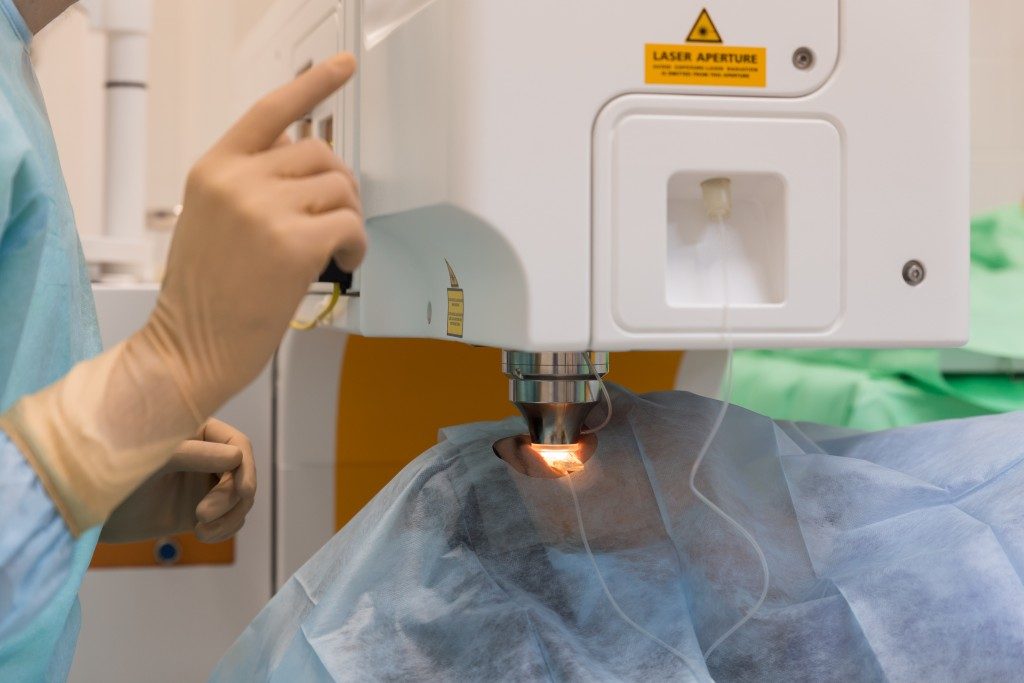The National Health Service, NHS, estimates that approximately 1 in 3 individuals in the UK is near-sighted. Myopia, the medical term for near-sightedness, is among the most common vision problems worldwide.
Individuals with myopia are not capable of focusing their eyesight on distant things, making them look out of focus or blurred.
Warning Signs of Myopia
Myopia may develop rapidly or gradually, and usually manifest during childhood but could worsen over time. Symptoms typically include the following:
-Headaches
-Distant things look blurry
-Squinting to see properly
-Difficulty driving particularly at night due to blurred vision
What Causes Myopia?
Myopia is usually caused by an excessively long eyeball, preventing light from properly focusing on the retina. It could likewise be due to a cornea that isn’t correctly shaped. These issues both prevent or make it difficult for light to focus on the retina directly.
What happens instead is that the light will focus in the front area of the retina, making faraway things look blurred. While experts are still unsure as to why some individuals develop myopia and some don’t, it is possible that it’s due to genetic factors.
This means that you have an increased risk of developing myopia if you have a parent that has myopia.
How is Myopia Diagnosed?
An optometrist can give you a comprehensive eye test to confirm a myopia diagnosis. In most cases, parents usually find out about their children’s near-sightedness through school eye tests or after seeing their children squinting to see things that are far away.
While adults might start to realise that they’re near-sighted when they begin to have difficulty doing tasks that require looking at distant things, driving, or watching movies.
How is Myopia Treated?

The most practical and simplest treatment for myopia involves wearing corrective lenses, eyeglasses, or one of those smart glasses you can buy online. If these don’t suffice, your ophthalmologist might recommend LASIK or LASEK surgery.
With LASIK surgery, your ophthalmologist will make a hinged, circular incision in the cornea and get rid of layers in the cornea with an excimer laser to modify its shape to address your myopia. With LASEK surgery, your ophthalmologist will only work on the epithelium of the outer layer of the cornea.
This involves creating a circular flap and an excimer laser for reshaping the epithelium. After the surgical procedure, you might need to wear temporary contact lenses for a couple of days to safeguard your eyes. Do note though that these surgeries may come with potential complications.
So, you need to be aware of these and weigh the pros and cons before agreeing to do it.
If you have any trouble looking at things far away from you, you should get an eye test as soon as possible. This applies even if you are not experiencing any warning signs of myopia if you are 40 years old or older.
However, if you’re living with diabetes or have an increased risk of developing glaucoma or other eye diseases, make sure to get your vision tested more regularly.